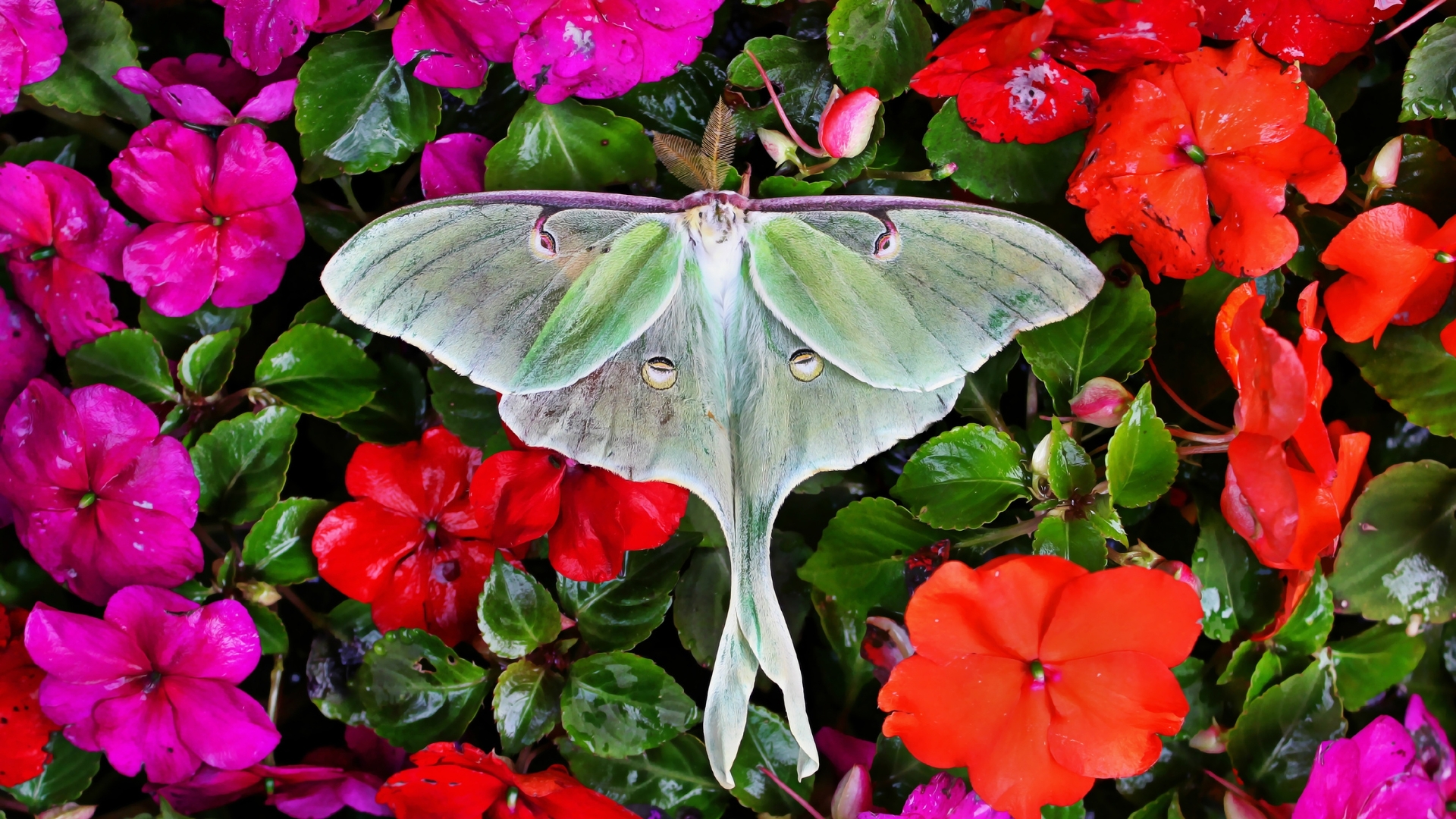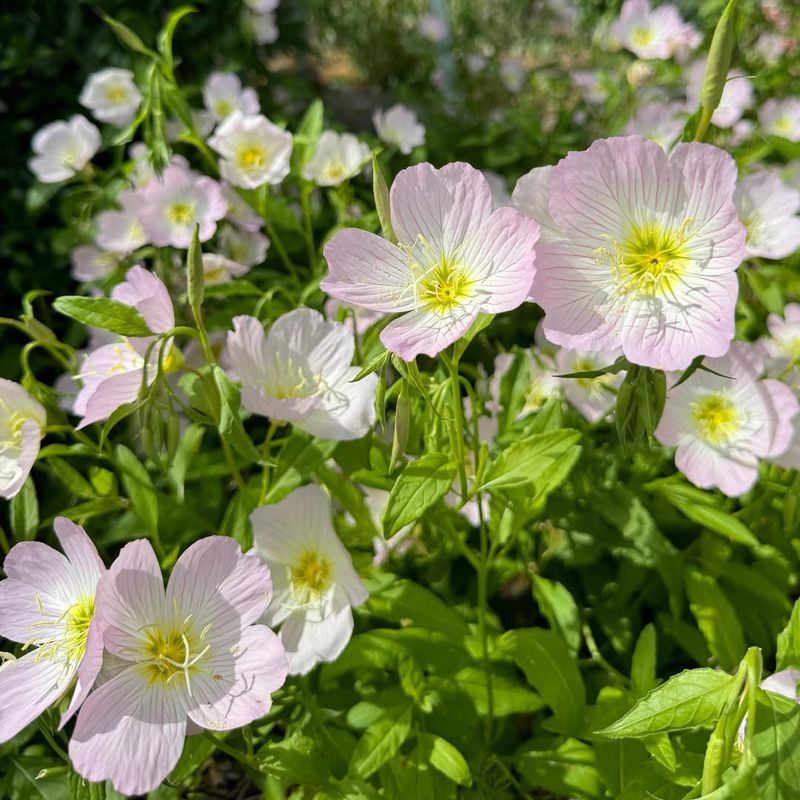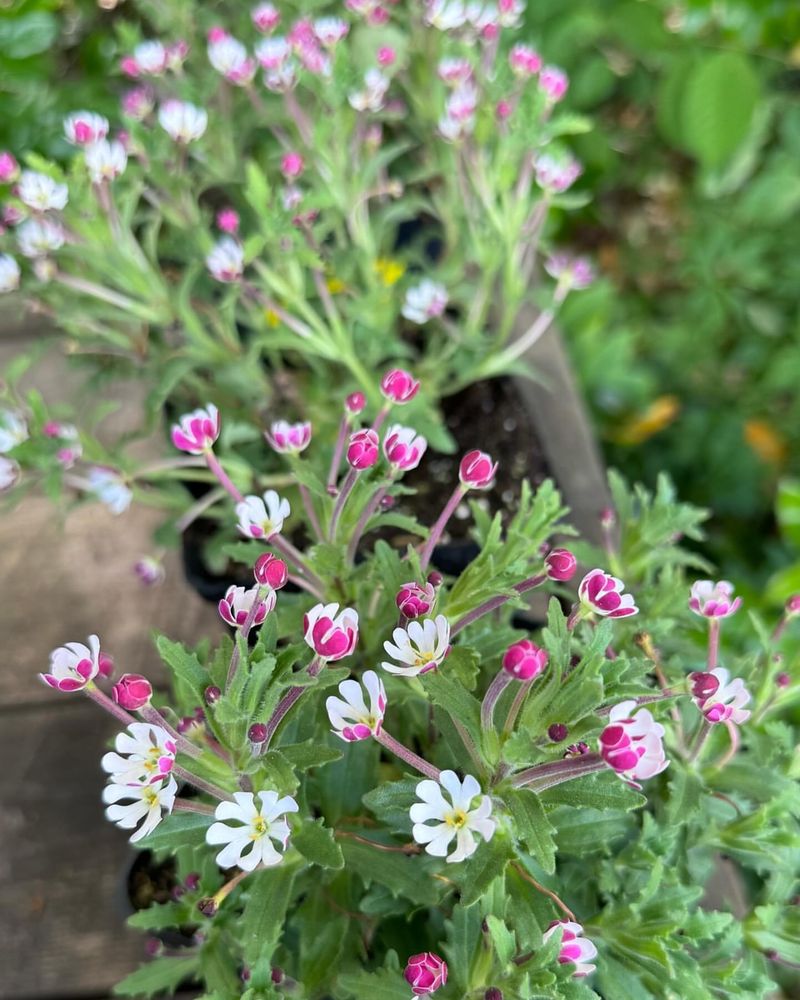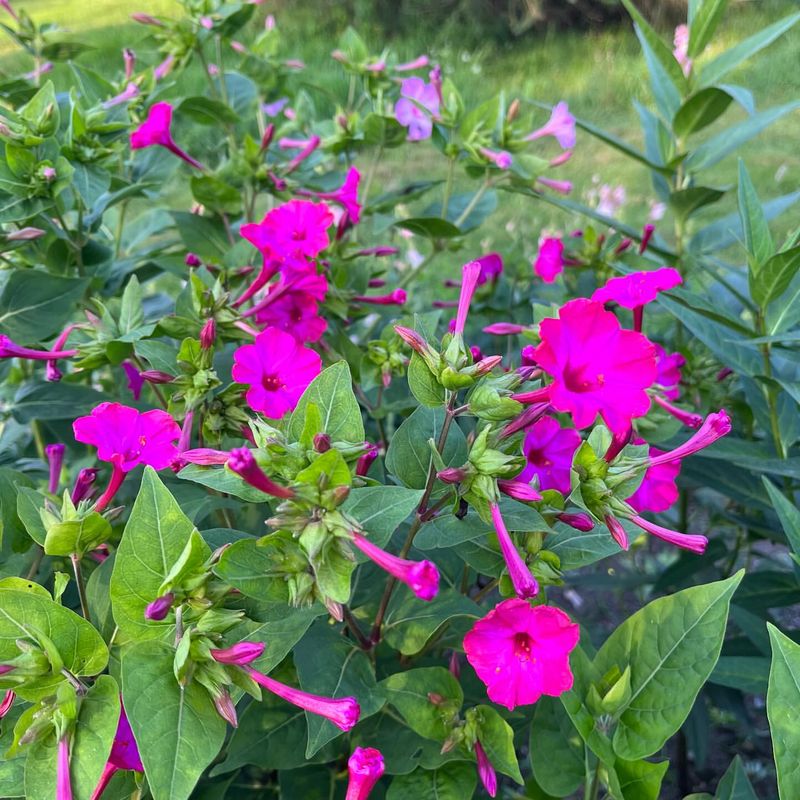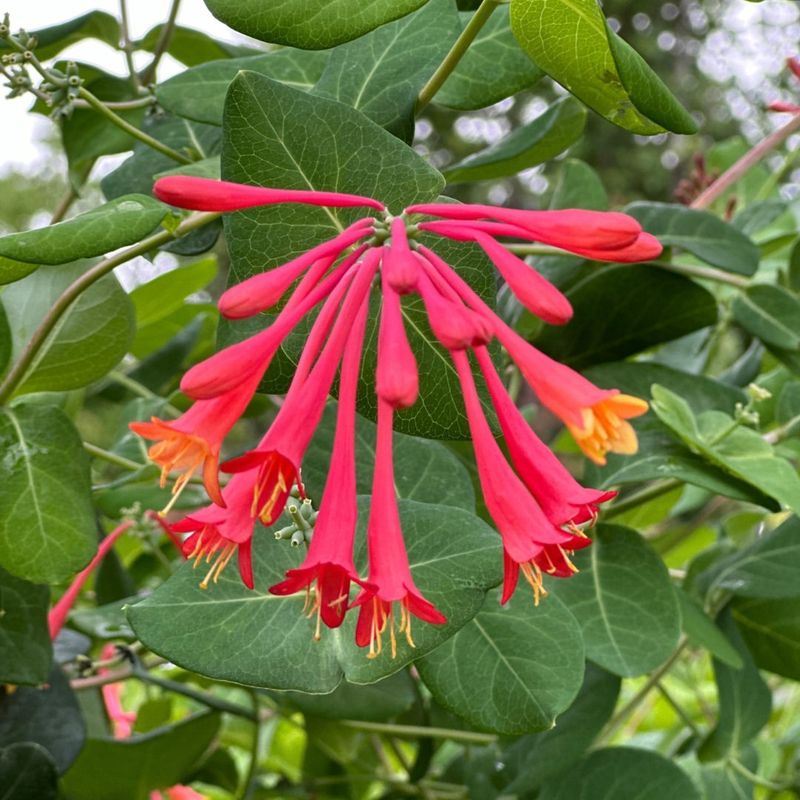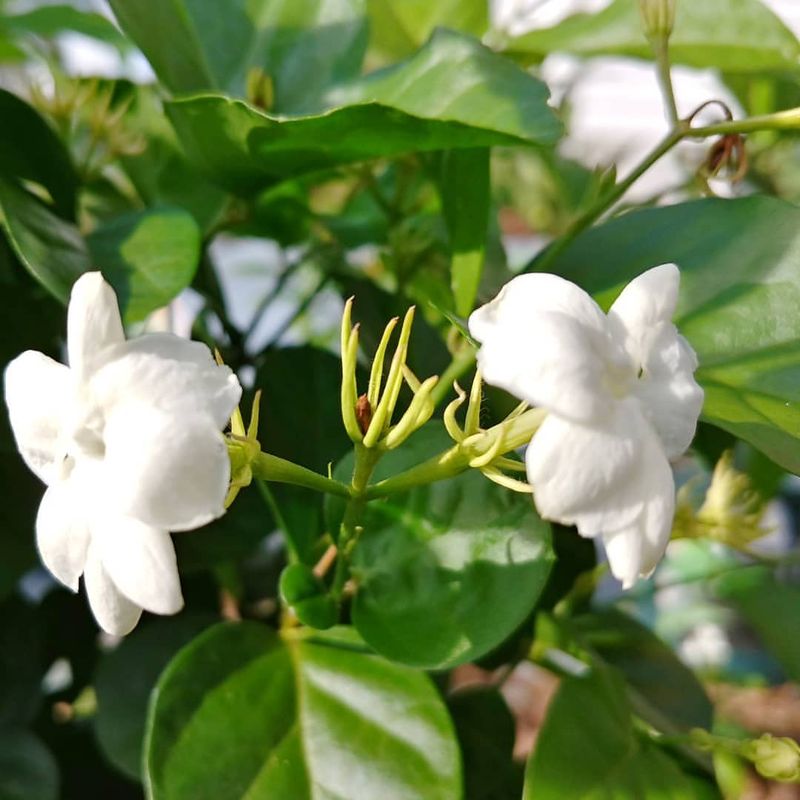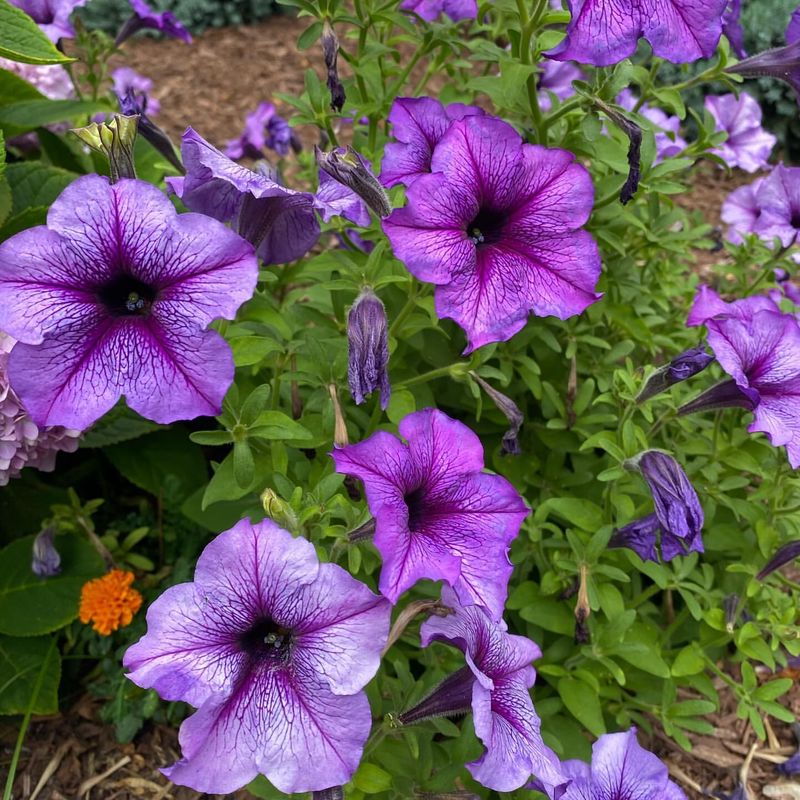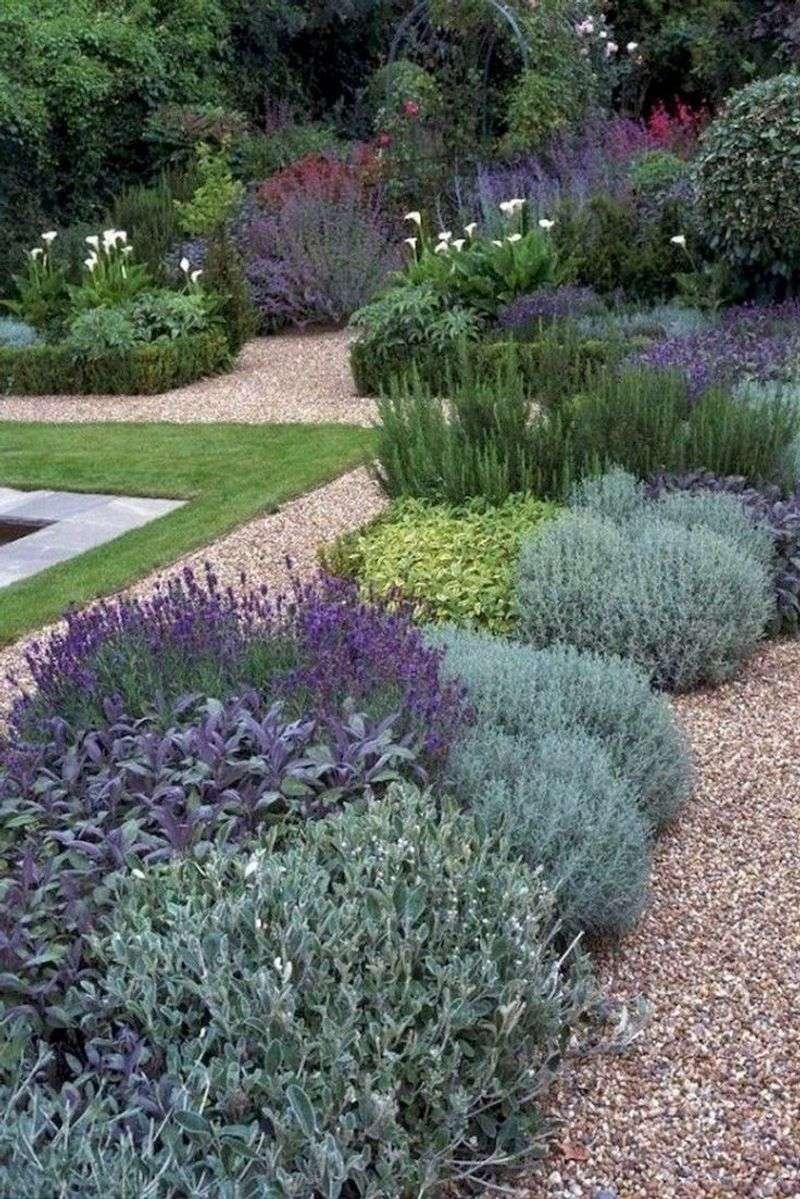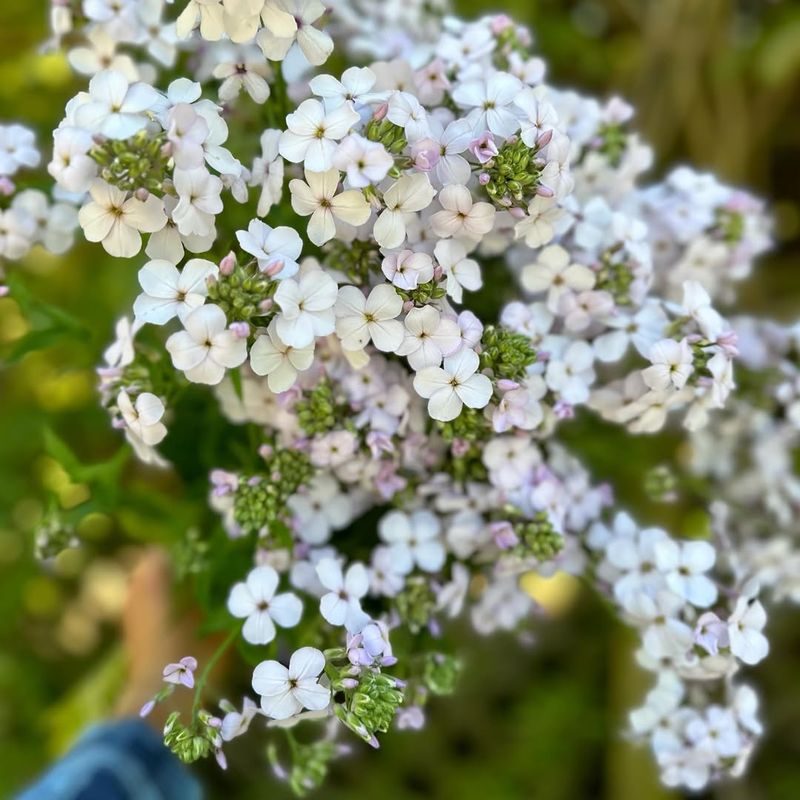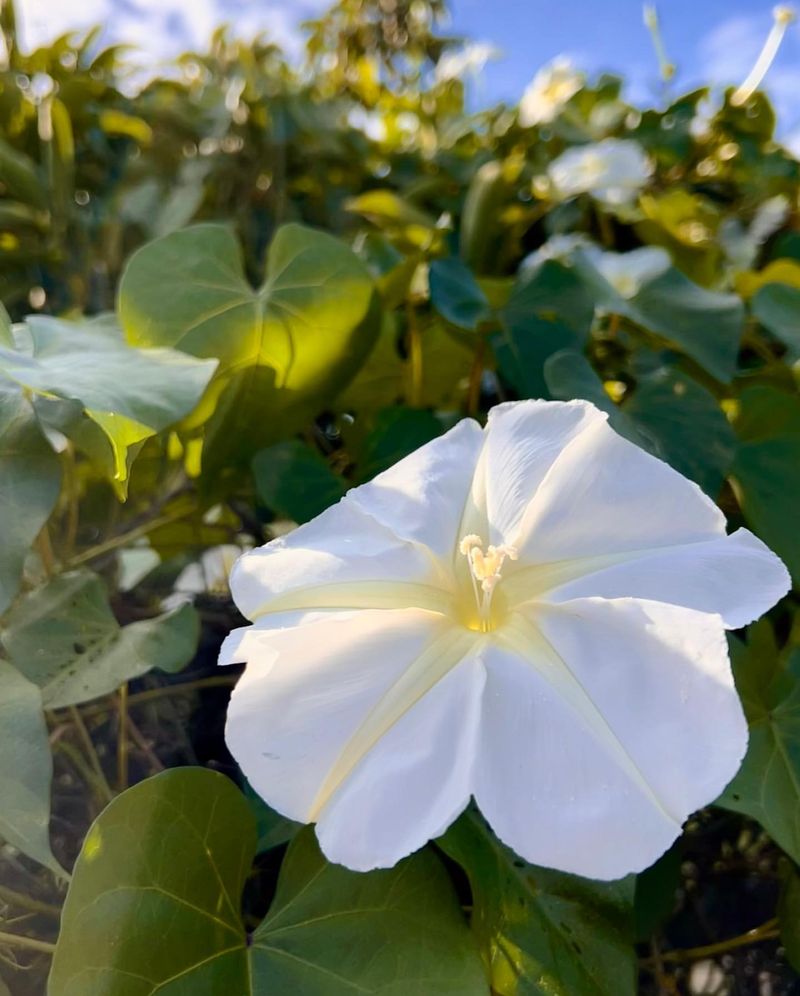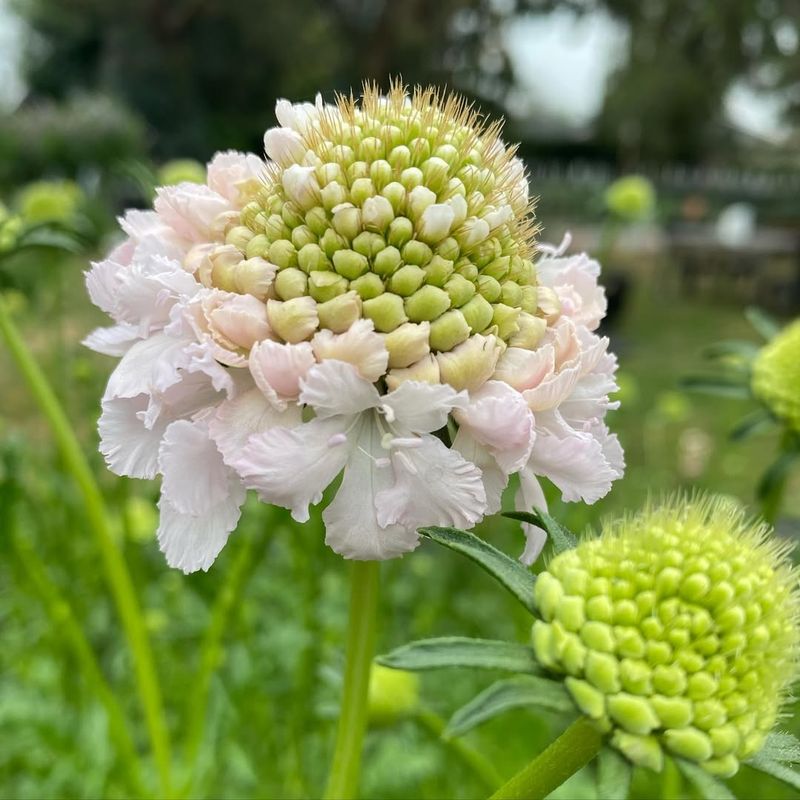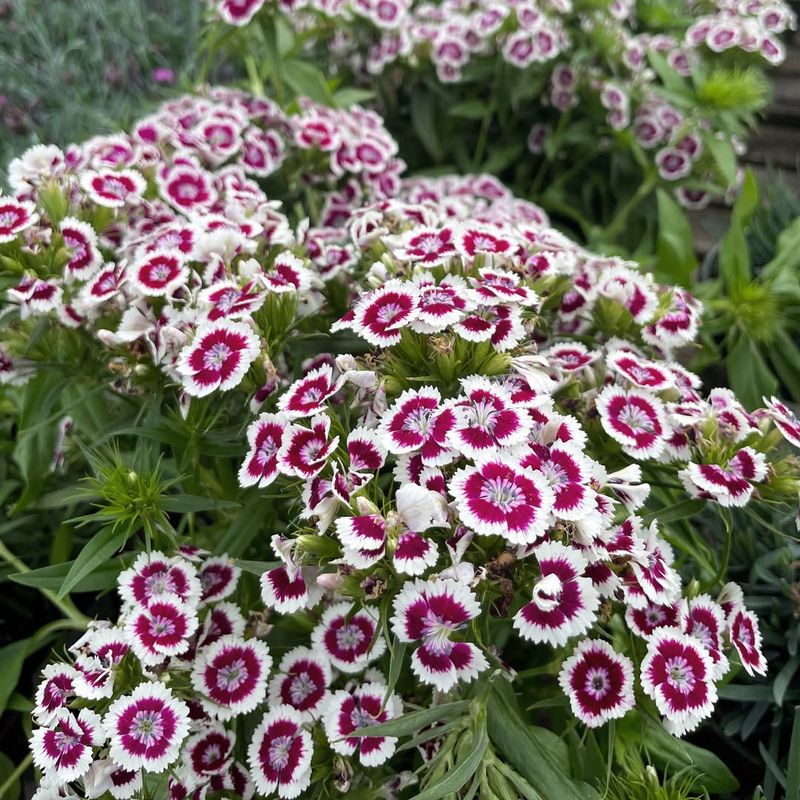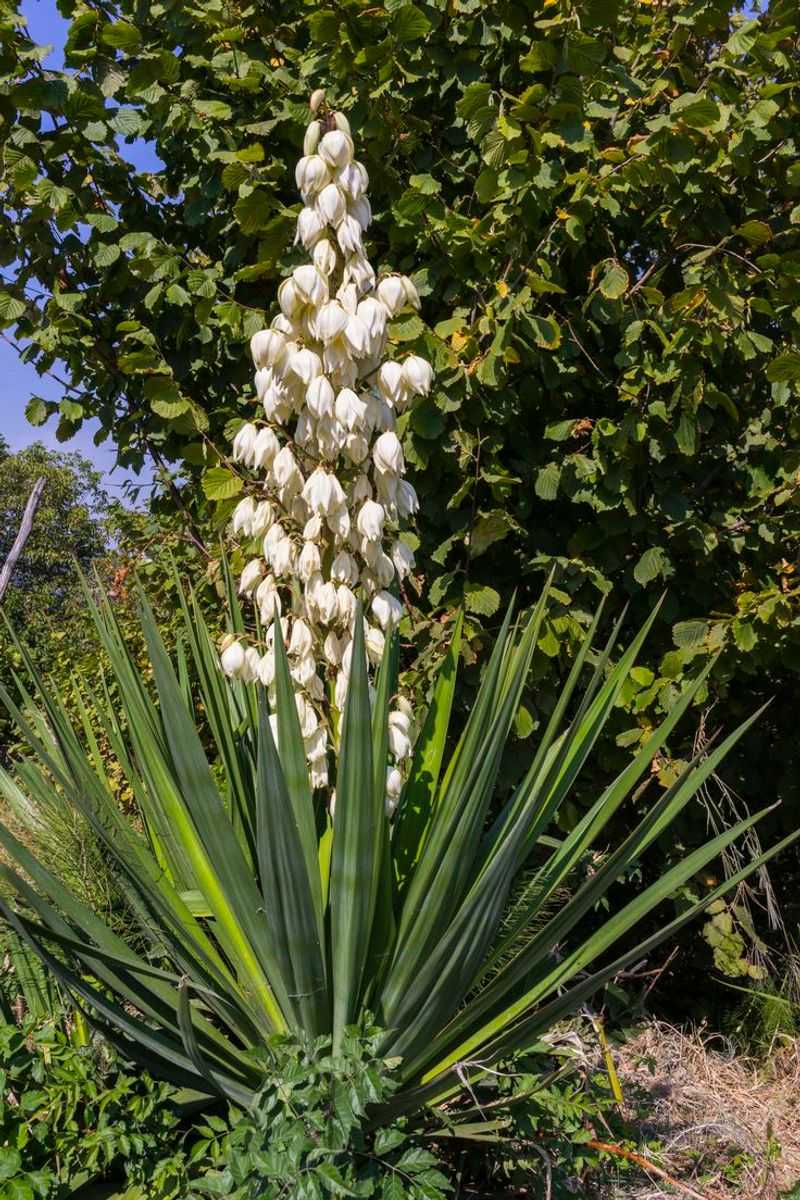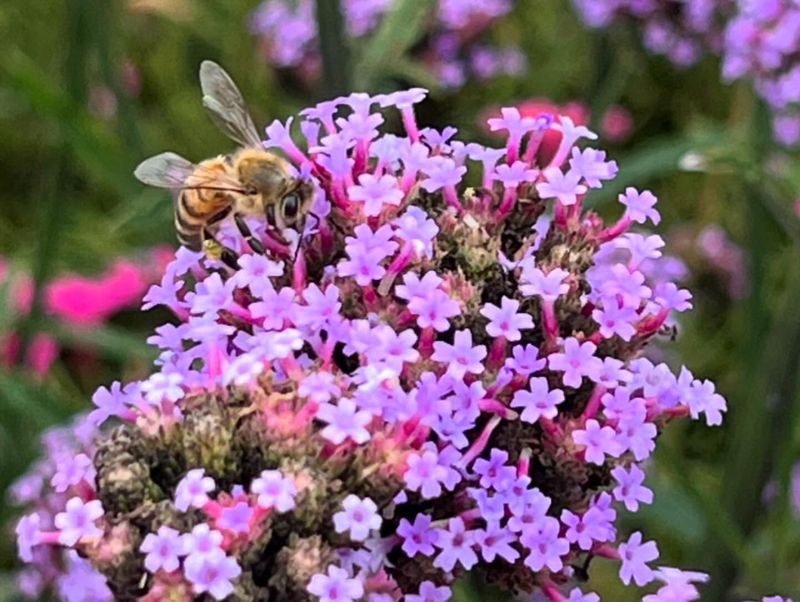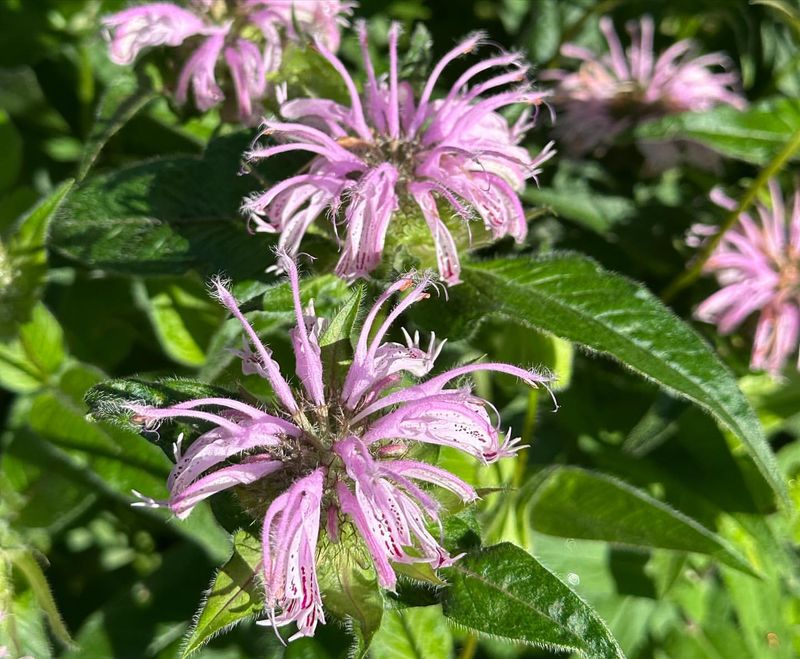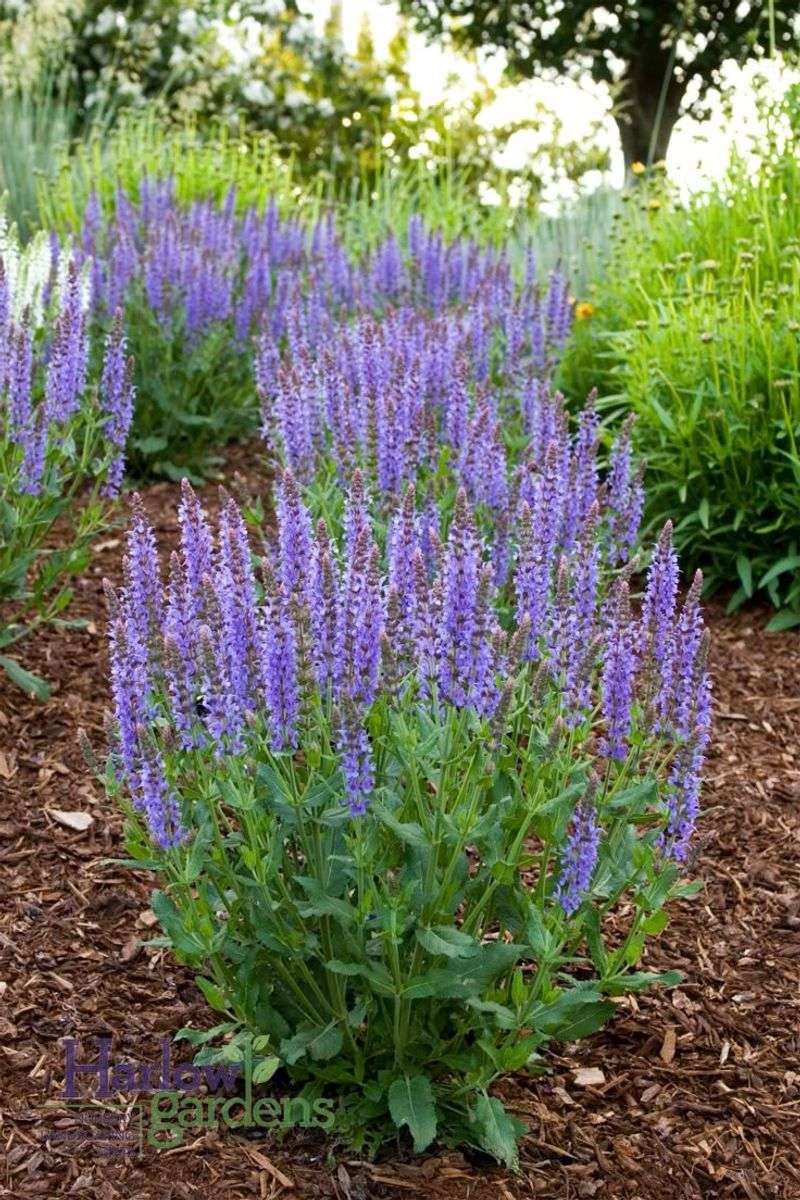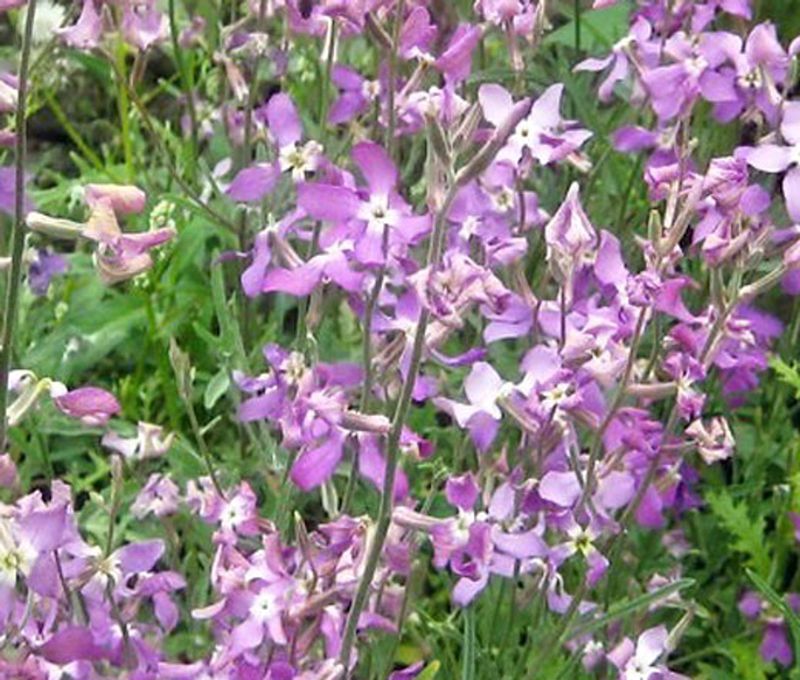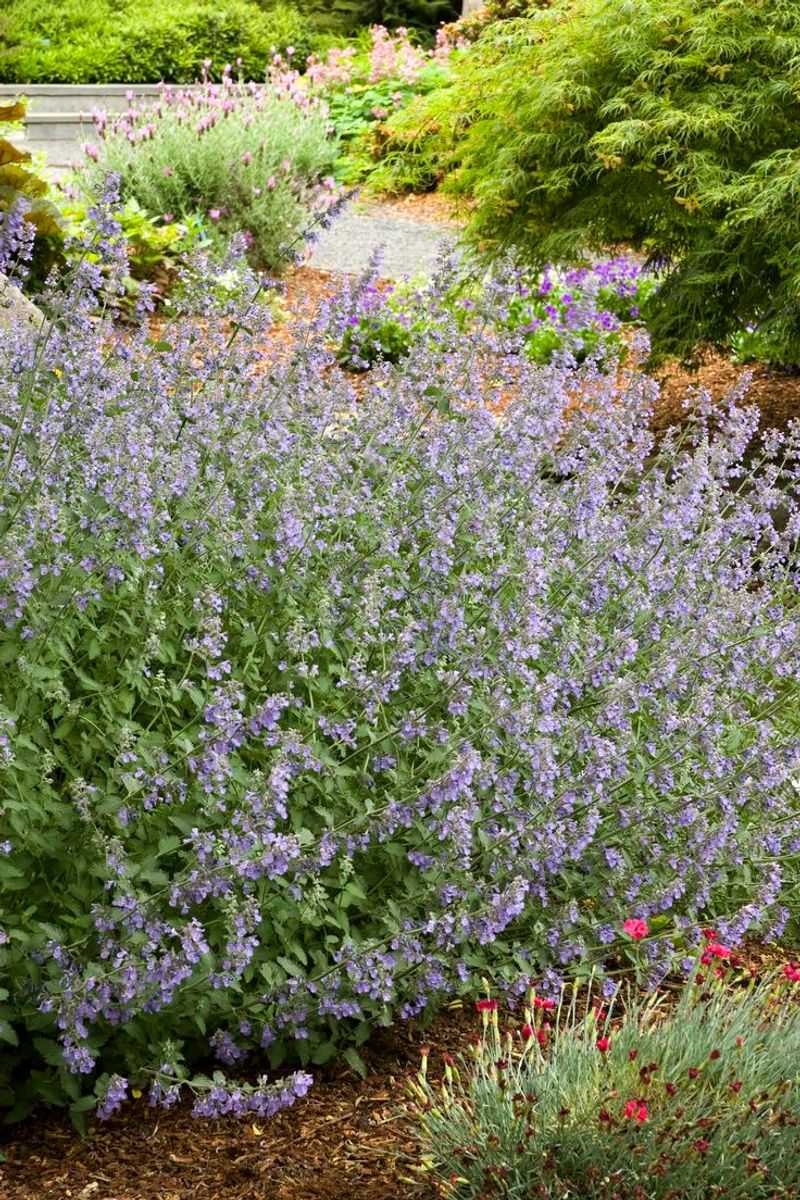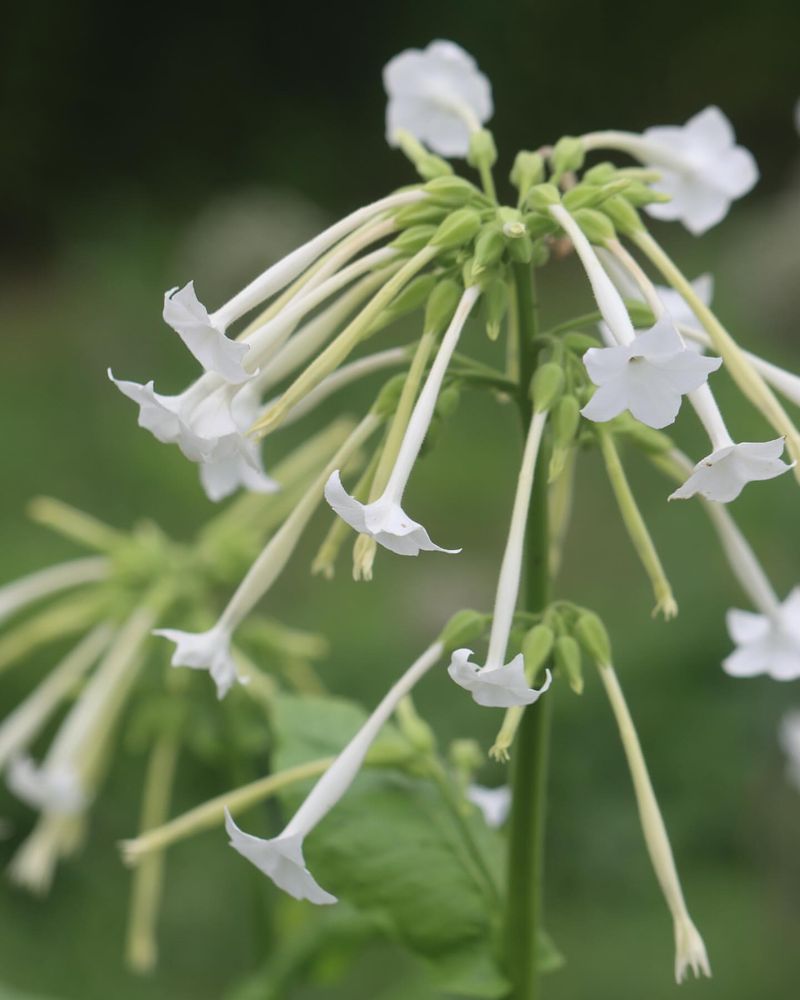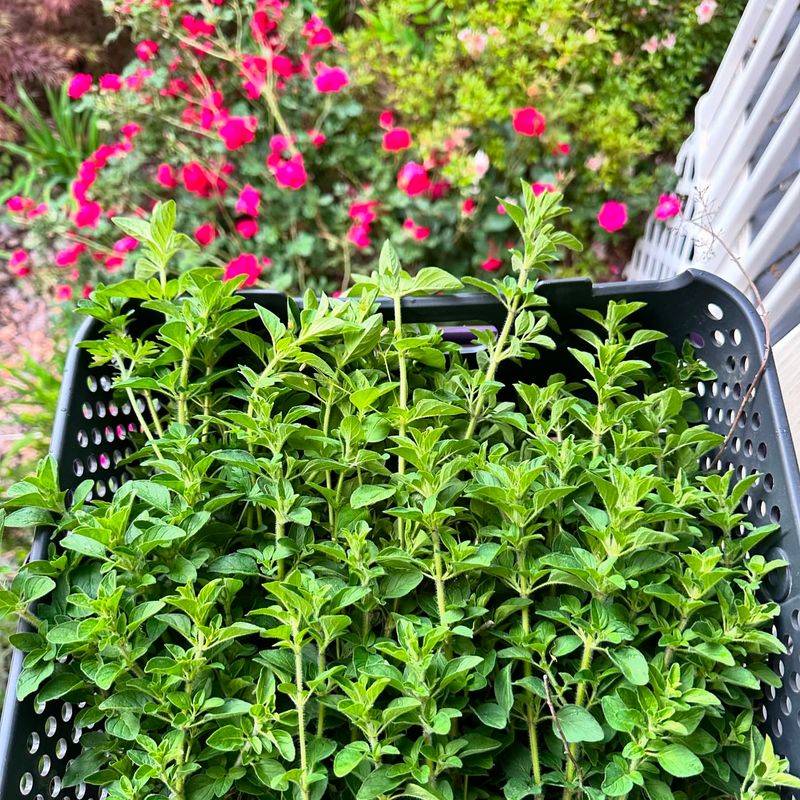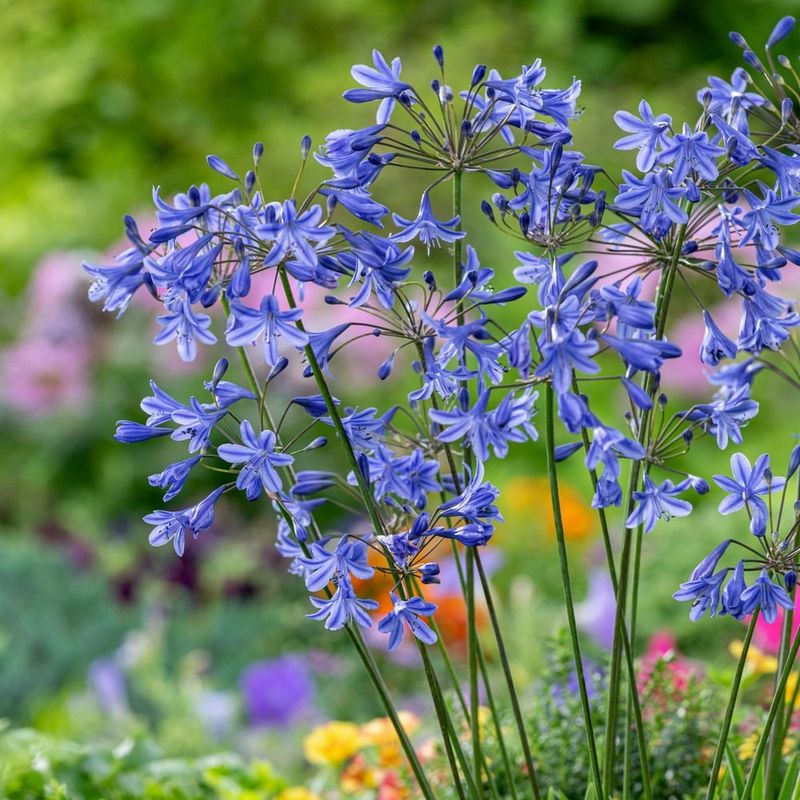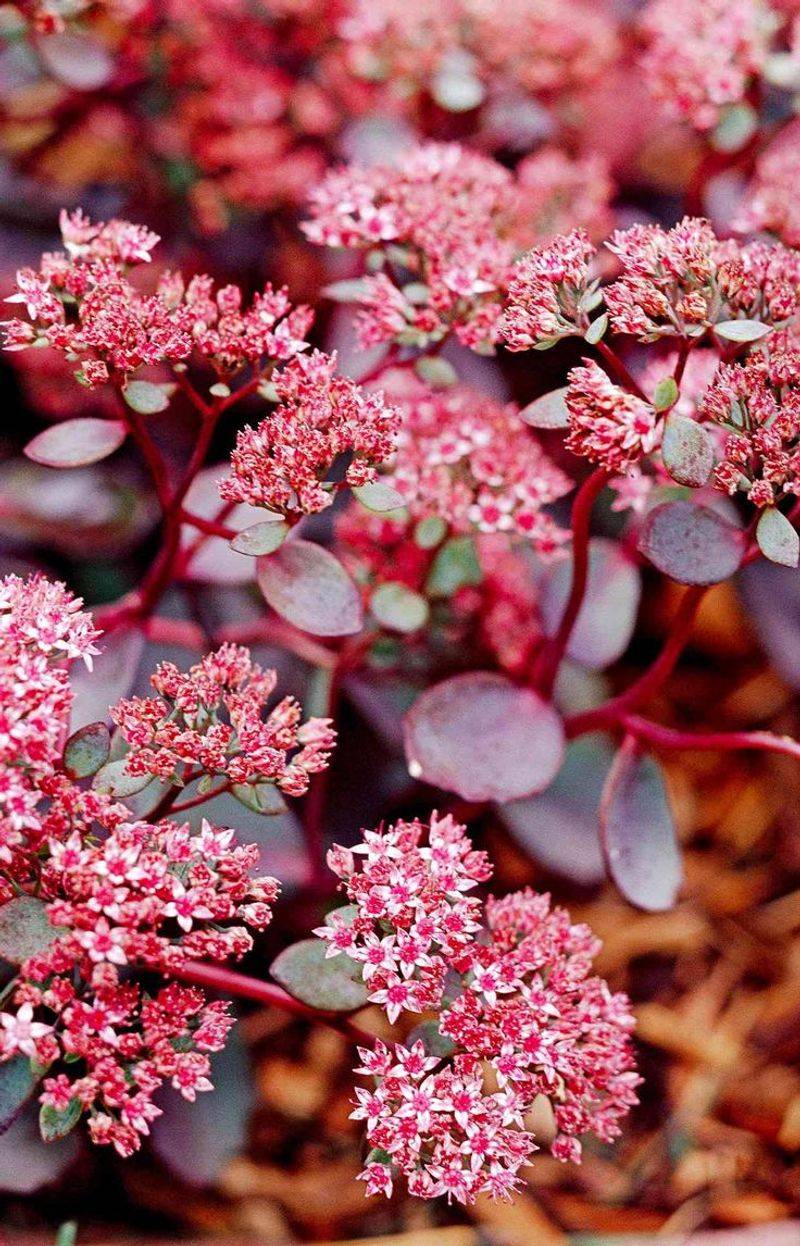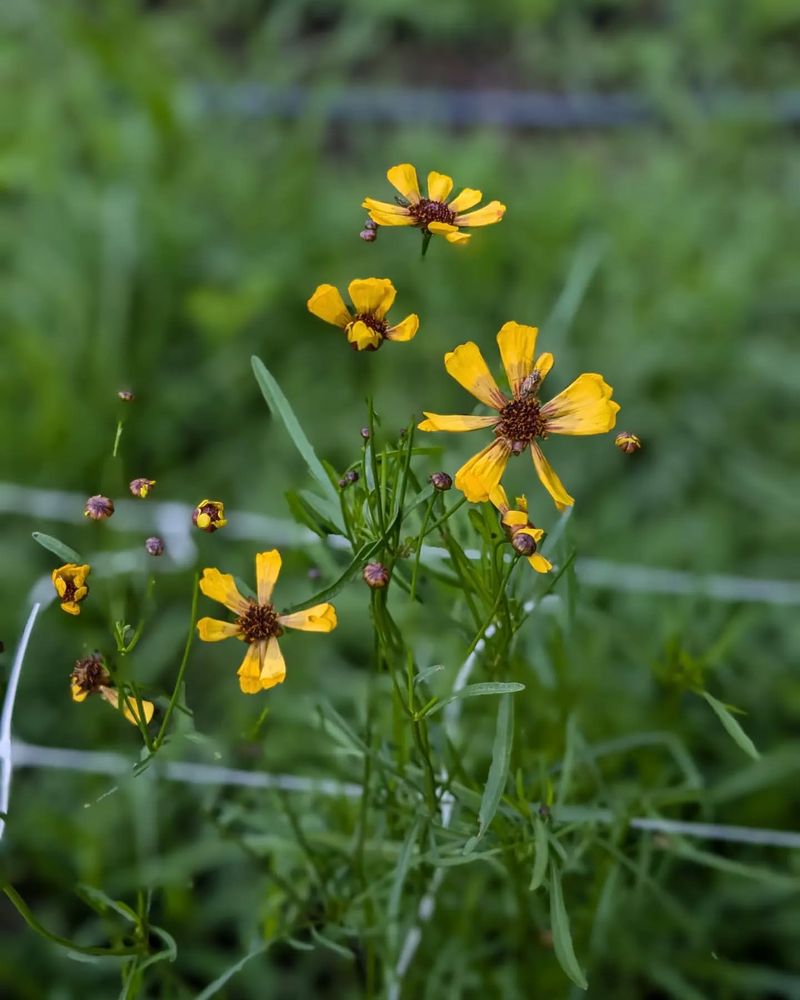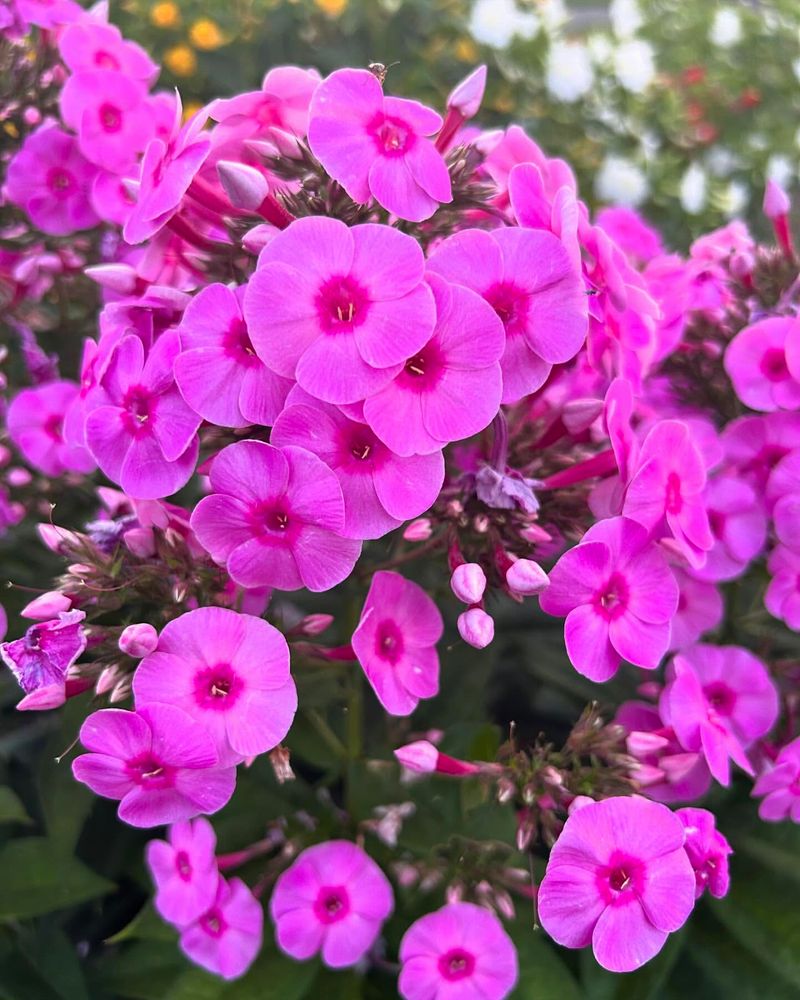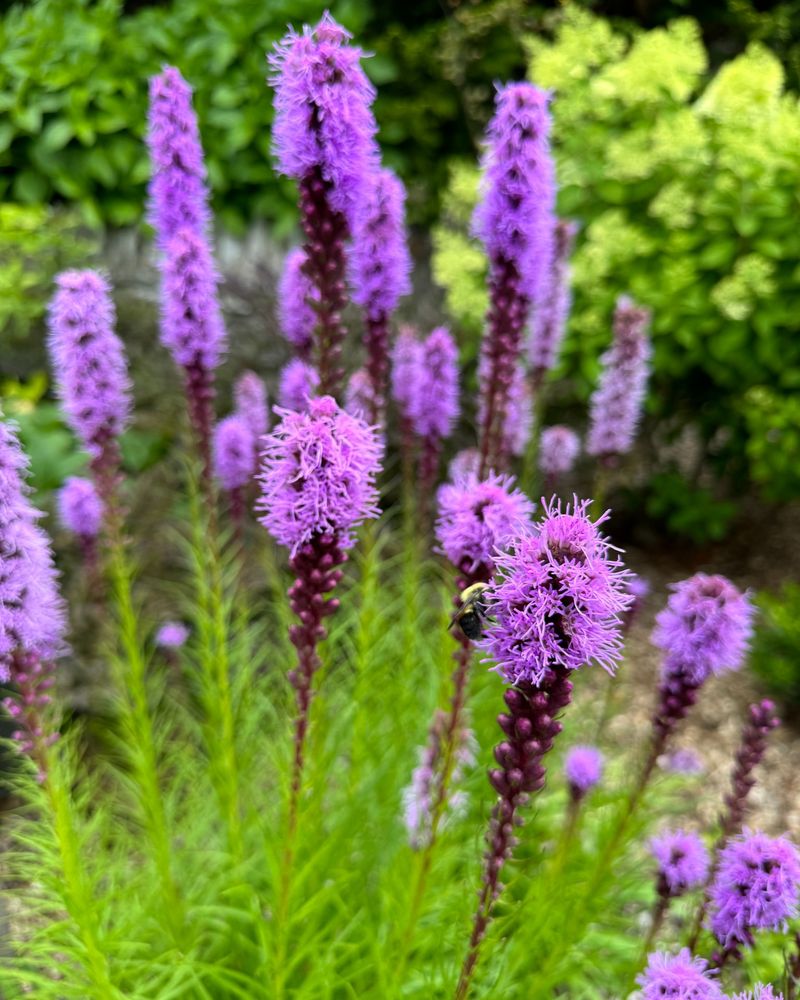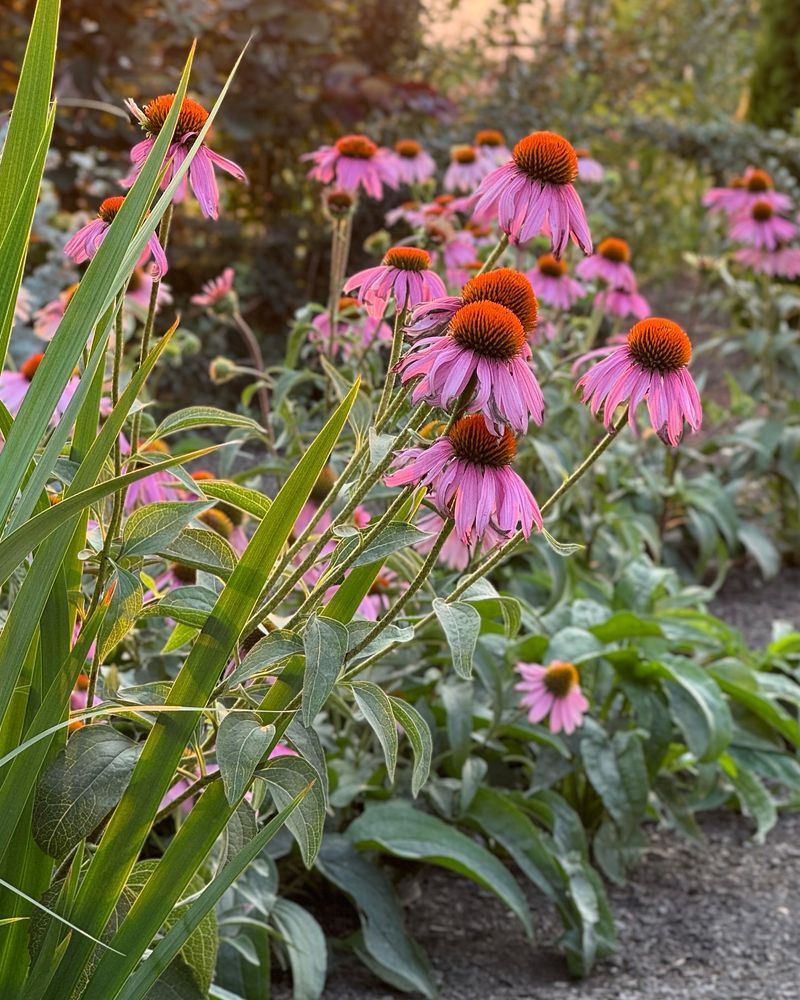Evening gardens have a magical charm about them, especially when filled with fluttering moths dancing from flower to flower under the soft glow of twilight. These night-time pollinators play a crucial role in the garden, often overlooked in favor of their daytime counterparts like butterflies and bees. As a passionate gardener, I’ve come to appreciate the beauty and importance of attracting moths by selecting the right perennials. Not only do these plants provide nectar for these graceful visitors, but they also enhance the garden’s nighttime appeal with their fragrance and delicate blooms.
1. Evening Primrose
A remarkable flower that blooms as the sun sets, creating a stunning evening display. Evening Primrose attracts moths with its vibrant yellow petals and sweet fragrance, making it a night-time delight.
The blooms open quickly, almost theatrically, as the day turns to dusk. Its enchanting scent wafts through the garden, drawing in moths from afar. This perennial is as captivating for humans as it is for its fluttering visitors.
2. Night Phlox
The sweet aroma is the first thing you’ll notice when these flowers bloom at dusk. Night Phlox, with its star-shaped blossoms, beckons moths with its delightful scent.
These petite flowers, often in shades of white or purple, release a fragrance reminiscent of honey and almonds. Moths find it irresistible, adding life and movement to your garden throughout the night.
3. Four O’Clocks
When the clock strikes four, these flowers open to reveal their beauty. Four O’Clocks, with their varied hues, are a visual treat and a magnet for moths.
Their vivid colors and sweet scent lure moths, ensuring your garden remains alive with activity. These perennials bring an element of surprise with their unpredictable bloom colors.
4. Honeysuckle
The intoxicating scent of honeysuckle fills the air, especially as dusk approaches. These climbers are a favorite among moths, thanks to their sweet-smelling blooms.
Their tubular flowers are perfectly designed for moths to access nectar. With blossoms that often appear in white, pink, or yellow, honeysuckle offers both beauty and fragrance to an evening garden.
5. Jasmine
The delicate blossoms of jasmine exude a fragrance that intensifies at night. This aromatic plant is a moth magnet, drawing them in with its sweet scent.
Jasmine’s white or pale pink flowers stand out in the dim light, offering a serene beauty. As the temperature drops, its scent grows stronger, providing a delightful experience for both moths and gardeners alike.
6. Petunia
The bold blooms of petunias are hard to miss, even as the sun sets. Known for their vibrant colors, petunias attract moths with their diverse and enticing scents.
These hardy plants thrive in various conditions, making them ideal for evening gardens. Their fragrance varies, offering a range of sweet to spicy aromas that moths find appealing.
7. Lavender
Lavender is more than a soothing herb; it’s a moth favorite. Its calming scent not only attracts moths but also adds tranquility to your garden.
The purple spikes of lavender flowers create a sea of color, perfect for an evening landscape. As dusk falls, its fragrance becomes more pronounced, enticing moths to linger.
8. Sweet Rocket
Sweet Rocket, or Hesperis matronalis, blooms in the evening, releasing a captivating scent. This perennial lures moths with its fragrant blossoms and a show of purple and white hues.
Its tall spikes are adorned with numerous small flowers, each a beacon for nocturnal pollinators. A garden featuring Sweet Rocket is sure to be a buzzing hub of moth activity.
9. Moonflower
As the name suggests, moonflowers are made for evenings. Their large, white blooms unfurl in the twilight, providing a visual treat.
The flowers emit a sweet, inviting fragrance that draws moths from a distance. These quick-blooming vines offer a spectacular show every night, captivating both moths and gardeners.
10. Scabiosa
Known as the pincushion flower, Scabiosa has an intricate design that catches the eye. Its unique shape and sweet nectar make it highly attractive to moths.
The flowers come in various shades, from soft lavender to deep purple, adding a touch of elegance to your garden. Scabiosa’s long blooming period ensures moths have plenty of time to enjoy its offerings.
11. Dianthus
Dianthus, with its frilled petals and spicy fragrance, is a garden gem. This perennial is known for attracting moths with its clove-like scent.
The flowers come in a range of colors, including pink, red, and white, each adding vibrancy to the evening landscape. Dianthus is as appealing to humans as it is to its moth visitors.
12. Yucca
Yucca plants are a dramatic addition to any garden, with their tall spikes and bold blooms. These perennials are particularly enticing to moths, thanks to their robust structure and sweet scent.
The white flowers of the Yucca stand out against its spiky leaves, creating a captivating silhouette. As night falls, its scent becomes more pronounced, beckoning moths from afar.
13. Verbena
The vibrant clusters of Verbena flowers are a summer staple. Their sweet fragrance is a moth magnet, ensuring these visitors frequent your garden.
Available in various colors, Verbena is versatile and easy to grow. Its long-lasting blooms provide a continuous source of nectar, delighting moths until the first frost.
14. Bee Balm
Bee Balm is not just for bees; its bright and tubular flowers are perfect for moths too. The striking red, pink, or purple blooms catch the eye and lure in night-time pollinators.
As a perennial, Bee Balm is hardy and spreads easily, filling your garden with color and life. Its spicy scent is an added bonus, making it a favorite evening attraction.
15. Salvia
Salvia’s tall spikes of vivid blooms offer a feast for the eyes and a treat for moths. Known for its aromatic foliage and bright flowers, Salvia draws in these night-time visitors.
The blooms come in shades of blue, purple, and red, providing a striking contrast against the green leaves. Salvia thrives in sunny spots, making it ideal for gardens seeking color and scent at dusk.
16. Evening Stock
The soft hues of Evening Stock are as appealing as their scent. These fragrant flowers bloom as the sun dips below the horizon, attracting moths with their sweet aroma.
Evening Stock thrives in cooler temperatures, making it perfect for late day blooming. Its delicate flowers create a charming display, ensuring moths visit your garden often.
17. Catmint
Catmint offers more than just feline appeal; its lavender-blue flowers are a moth’s delight. The perennial’s aromatic foliage and long blooming period make it a garden favorite.
The soft, billowy appearance of Catmint plants adds a touch of whimsy to any garden. As the evening air cools, its enticing scent grows stronger, drawing moths to its blooms.
18. Nicotiana
Nicotiana, or flowering tobacco, releases its fragrance as the day fades away. The tubular flowers are perfectly shaped for moths to access their nectar.
Available in an array of colors, Nicotiana adds visual interest and a sweet aroma to your garden. The plants thrive in partial shade, offering versatility and beauty in equal measure.
19. Oregano
Oregano is more than a kitchen herb; its small purple flowers are a moth attraction. The plant’s aromatic leaves release a warm scent that draws in these pollinators.
As a hardy perennial, Oregano adds both culinary and ecological value to your garden. The tiny blooms may be subtle, but their impact on moth activity is unmistakable.
20. Agapanthus
Agapanthus, with its clusters of trumpet-shaped flowers, is a summer spectacle. The blooms, often in shades of blue and white, are a moth’s paradise.
The tall stalks and lush foliage create a dramatic presence in the garden. As the evening unfolds, the flowers’ sweet scent captivates moths, ensuring your garden remains lively at night.
21. Sedum
Sedum’s succulent foliage is complemented by its star-shaped flowers. These hardy perennials attract moths with their nectar-rich blooms.
The flowers range in color from pink to deep red, standing out against the thick leaves. Sedum is drought-tolerant and thrives in various conditions, making it an easy addition to moth-friendly gardens.
22. Coreopsis
The sunny blooms of Coreopsis are a cheerful sight. These flowers are not only visually appealing but also enticing to moths.
With their long blooming season, Coreopsis offers a consistent nectar source. These hardy perennials add a splash of color and life to any garden, day or night.
23. Phlox Paniculata
Phlox Paniculata, with its tall and colorful blooms, is a garden favorite. The sweet-scented flowers are a moth magnet, ensuring your garden buzzes with activity.
These perennials come in a range of colors, from white to vibrant pinks and purples. Their long flowering season provides a consistent source of delight for both moths and gardeners.
24. Liatris
Liatris, often called blazing star, captivates with its tall spikes and vivid blooms. The purple flowers are a beacon for moths, offering nectar and visual appeal.
The vertical growth habit adds structure to your garden, making it visually interesting. Liatris thrives in sunny spots and is a low-maintenance choice for attracting night-time visitors.
25. Echinacea
Echinacea, or coneflower, is a robust perennial with a commanding presence. Its large, conical blooms are a moth’s haven, offering ample nectar.
The flowers come in various shades, including pink, orange, and white. Echinacea is drought-tolerant and supports a diverse range of pollinators, making it a versatile addition to any garden.

